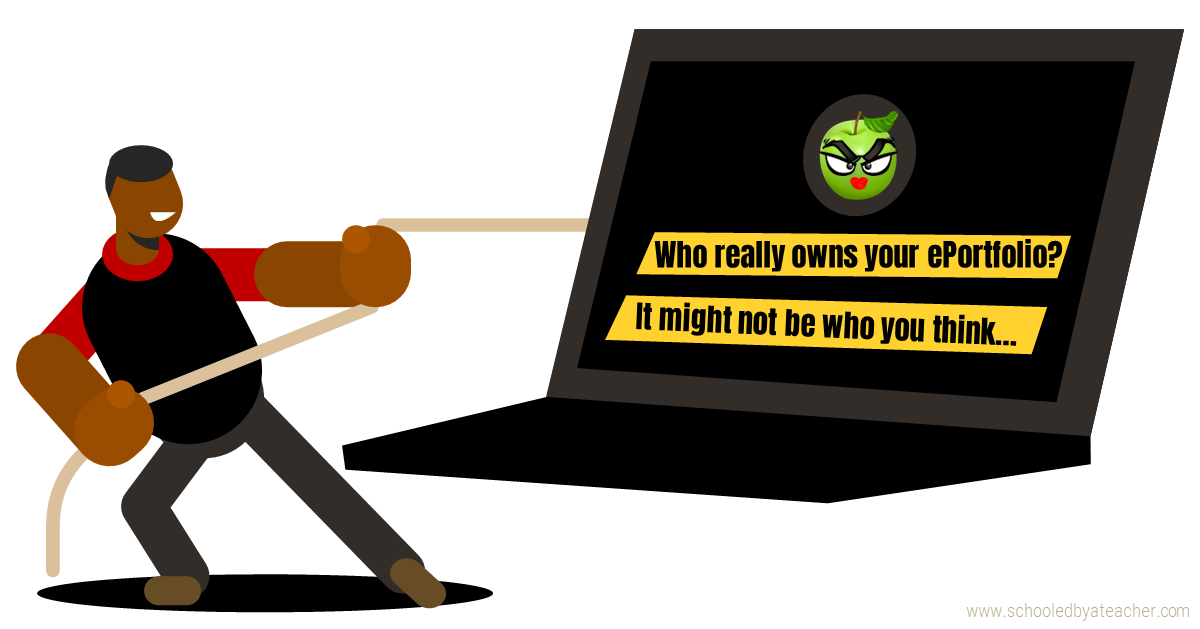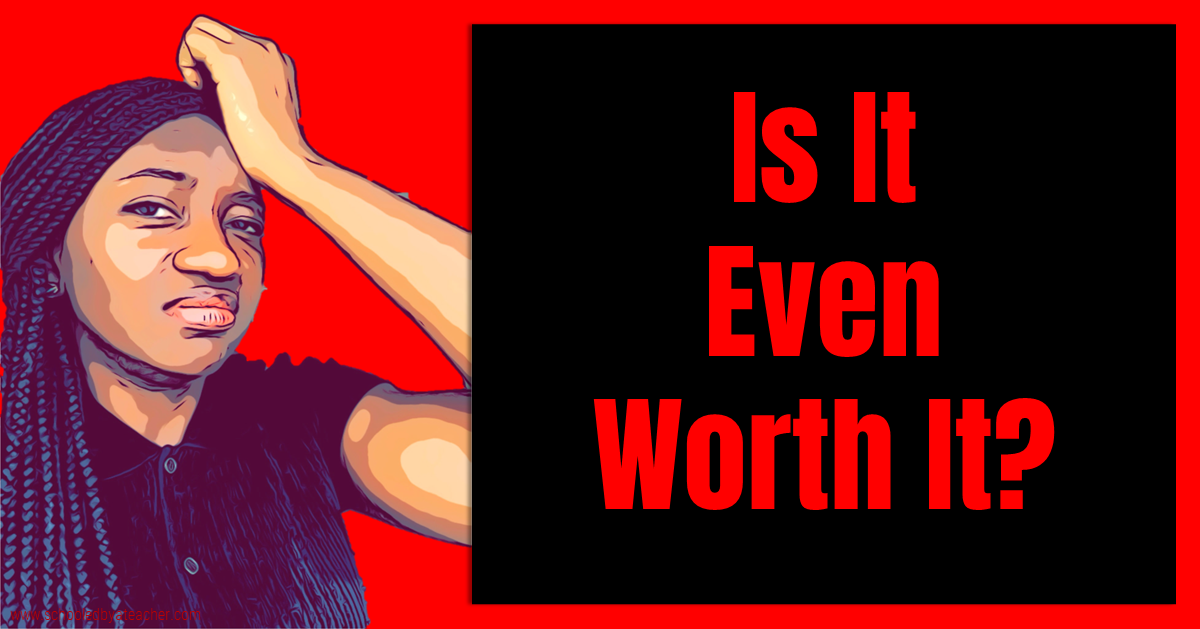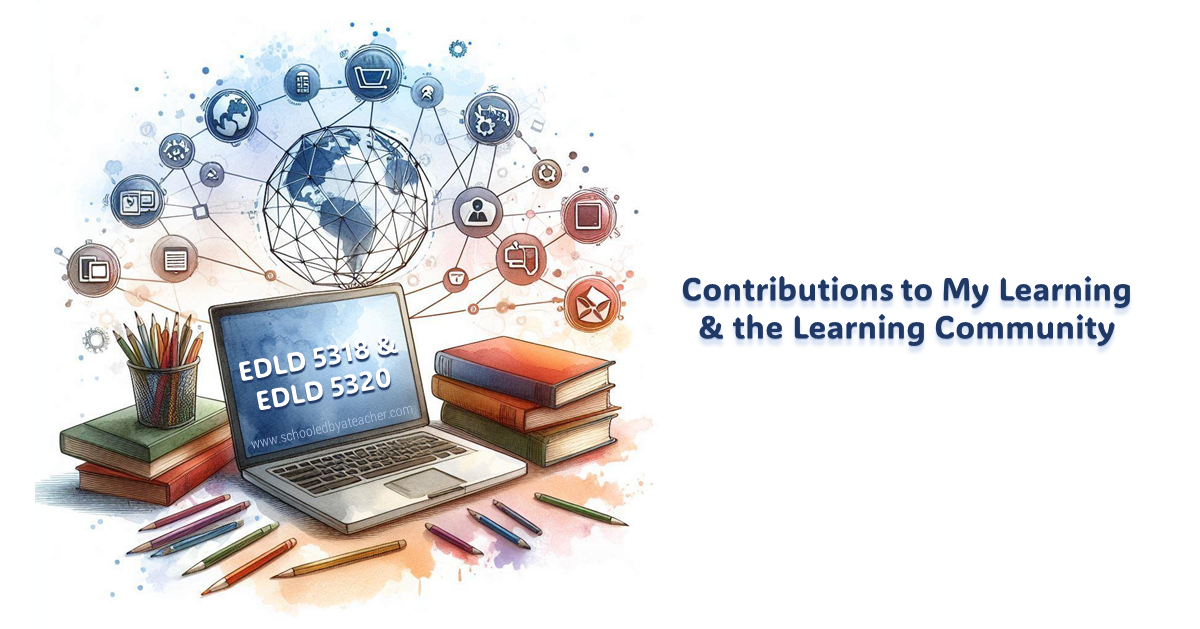The answer to the question of who owns your ePortfolio, or a body of work posted online with public access, is not as cut and dry as you might think. On the one hand, the work in an ePortfolio is typically published by a student or working professional, so it would seem like the student or professional would own it, right?
⛔Wrong!⛔
Some things to consider are that the contents on an ePortfolio might not be a student or professional’s original ideas or might not show authentic connections to learning. Another thing to strongly give thought to is that an ePortfolio is often hosted on a platform that is owned by a school or institution, so the school or institution could potentially claim ownership of an ePortfolio’s contents.
However, by understanding the considerations mentioned above, students and professionals can make informed decisions about how to create and own their ePortfolios.
ePortfolio Ownership by Showcasing Original Talents and Skills
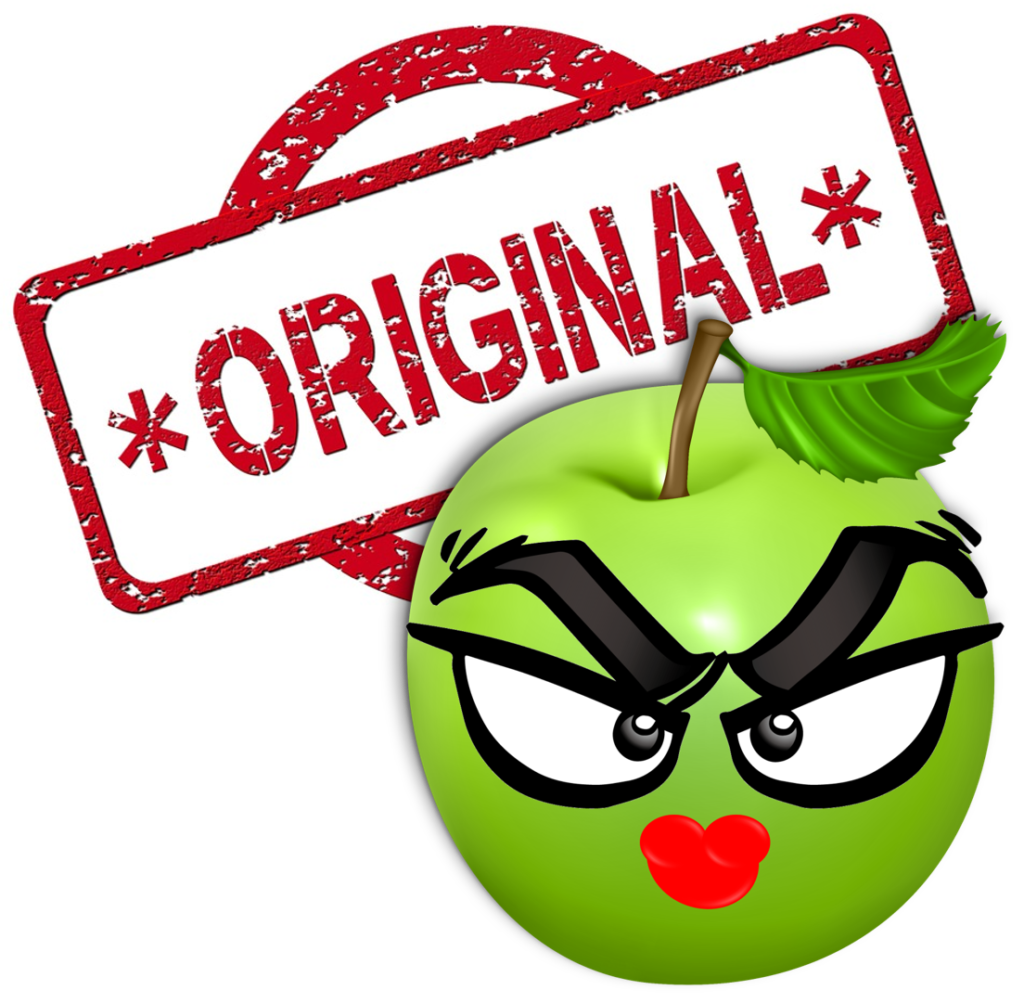
When it comes to establishing the ownership of an ePortfolio, it is important for you to share your own original ideas and work. This will help you develop a sense of agency and ownership over your learning and/or craft. It also will allow you to develop your unique voice while showcasing the quality of your work and effort to teachers, professors, potential employers, or other stakeholders.
Consequently, if the work in an ePortfolio is original and created by a student or professional, then the student or professional is more likely to own it. However, if the work is based on existing materials or is merely assignments completed from something like a physical or digital worksheet, then a teacher, school or institution may have a claim to ownership.
ePortfolio Ownership via Highlighting Meaningful Learning Connections
It is also important for students and professionals to publish work that shows meaningful connections to their learning and professional development in their ePortfolio. This involves reflecting on your work and explaining how it relates to your educational or professional goals. Additionally, it includes providing context for your work (“The Why”) and explaining the challenges and successes you faced while working on the item(s) included in your ePortfolio.
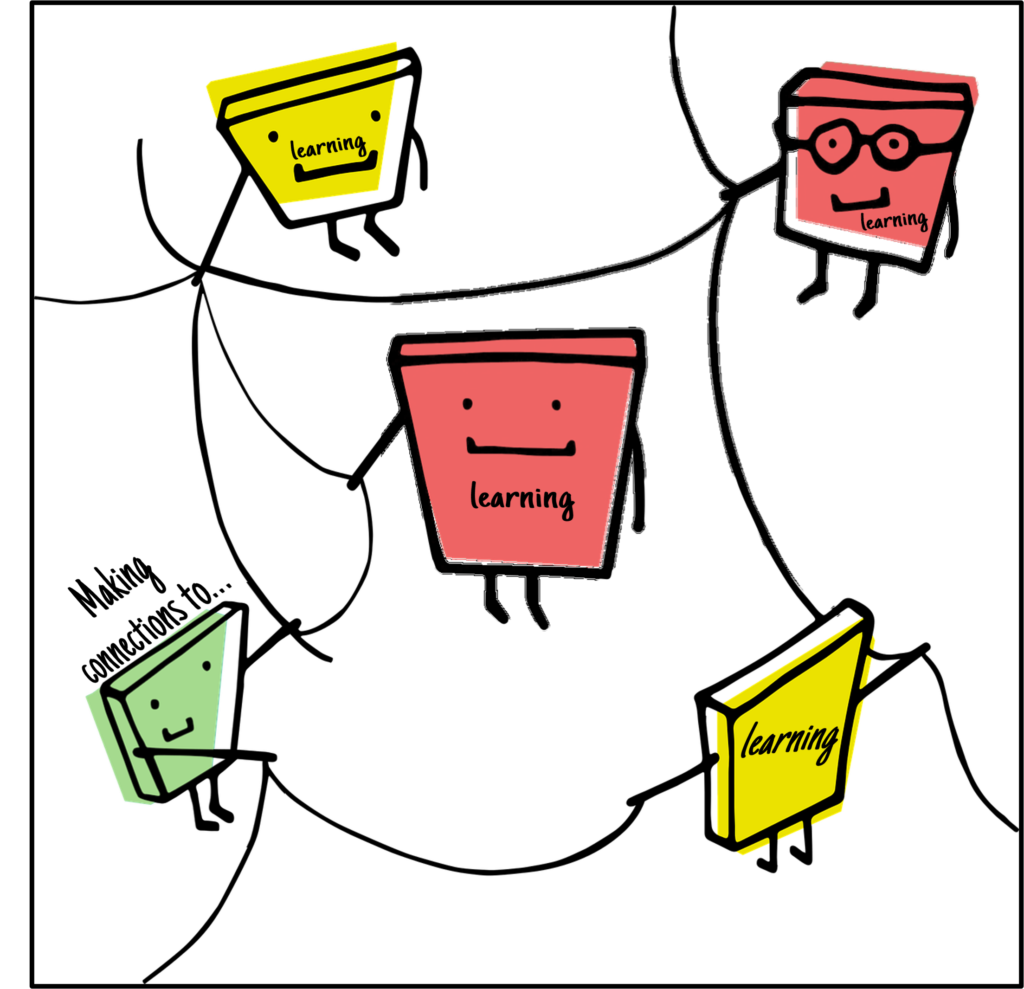
I think this type of ePortfolio would be more likely to be seen as substantiative and valuable by potential employers or other stakeholders because it creates a more authentic and engaging ePortfolio. Viewers don’t just see a whole bunch of polished finished products; they get insight on the effort-filled journey you went on to create the items displayed in your ePortfolio. They get to see the highs and lows, the changes and reiterations, the outcome and achievements… They get to see and read about it all!
Don’t Forget About the Host!
Moving onto the often overlooked, but extremely important issue of ePortfolio ownership as it relates to the platform it is hosted on. If you had asked me in the past, “does your ePortfolio belong to you?”, I would have responded with, “Well, duh! I created it!” My ePortfolio is a collection of my original work and ideas. I put a lot of time and effort into creating its contents, and it’s a reflection of my own unique skills and experiences. So yes, my ePortfolio belongs to me!
But experience has taught me the hard, yet valuable, lesson that this reasoning is not true:
I had carelessly been storing years of original and authentic work in electronic drives owned by a former employer. I’d done this for years without consequence, and I noticed many other coworkers doing the same. It was a free and seemingly riskless way to store work products in a digital format without the risk of losing it physically or digitally (like in the case of losing a flash drive or external hard drive or having a laptop or desktop crash).
All was well until one day I was informed by a member of upper management, of my then current employer, that two staff members had accessed and used my work to interview for and secure high-ranking positions of leadership at another larger organization. I was obviously stunned by this claim of boldly unethical and self-serving behavior! Afterall, this was years of my original, hard work that these two employees had no hand in conceptualizing, initiating, creating, or anything of the sort. So, I could not begin to imagine why they would feel entitled to use my work in this way!
I then removed my work products from the organization-managed Google drive folders to prevent further misuse. I also sought to figure out who owned my work when questions of ownership unbelievably started to arise!
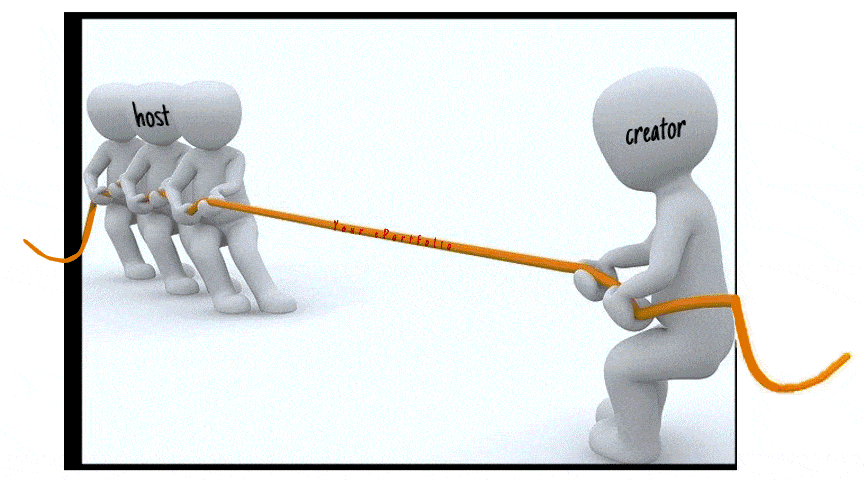
My former employer insisted my work belonged to the organization because several items were being used by various stakeholders with my permission. But conversely, I argued my work belonged to me because I created it either before I began working for the organization or outside the scope of my employment (and derived from the existing work that I brought into the organization). I had also judiciously managed permission and access to my work, and this was never questioned until I voiced the displeasure I felt from having my work used to further other people’s careers.
Unfortunately, my efforts to determine ownership were in vain.
After I left this role, the same member of upper management who informed me of the alleged unethical behavior of the two staff members recruited a member from the organization’s technology team to retrieve the files and folders from “my” Google Drive. These folders and files were then distributed to multiple members of staff of my former employer without regard to me, the original author/creator of these works, and the immeasurable effort I put into creating them.
So now, if I were to be asked, “who really owns your ePortfolio?”, I would not hesitate to say that it in part is determined by where the contents of your ePortfolio are hosted. I would also suggest to never work with or for people that lack morals or ingenuity, but that is a story for another day…
Focusing on the matter at hand, I would encourage you to not store your ePortfolio or your authentic and original work in an employer or school-managed drive or server no matter how convenient it might be. You are basically just renting digital space from the school or institution free of charge and have a false sense of ownership. Remember this: just because you created your ePortfolio’s contents, have a password to manage access to it, and can grant or limit access to viewers, does not mean you own your ePortfolio.
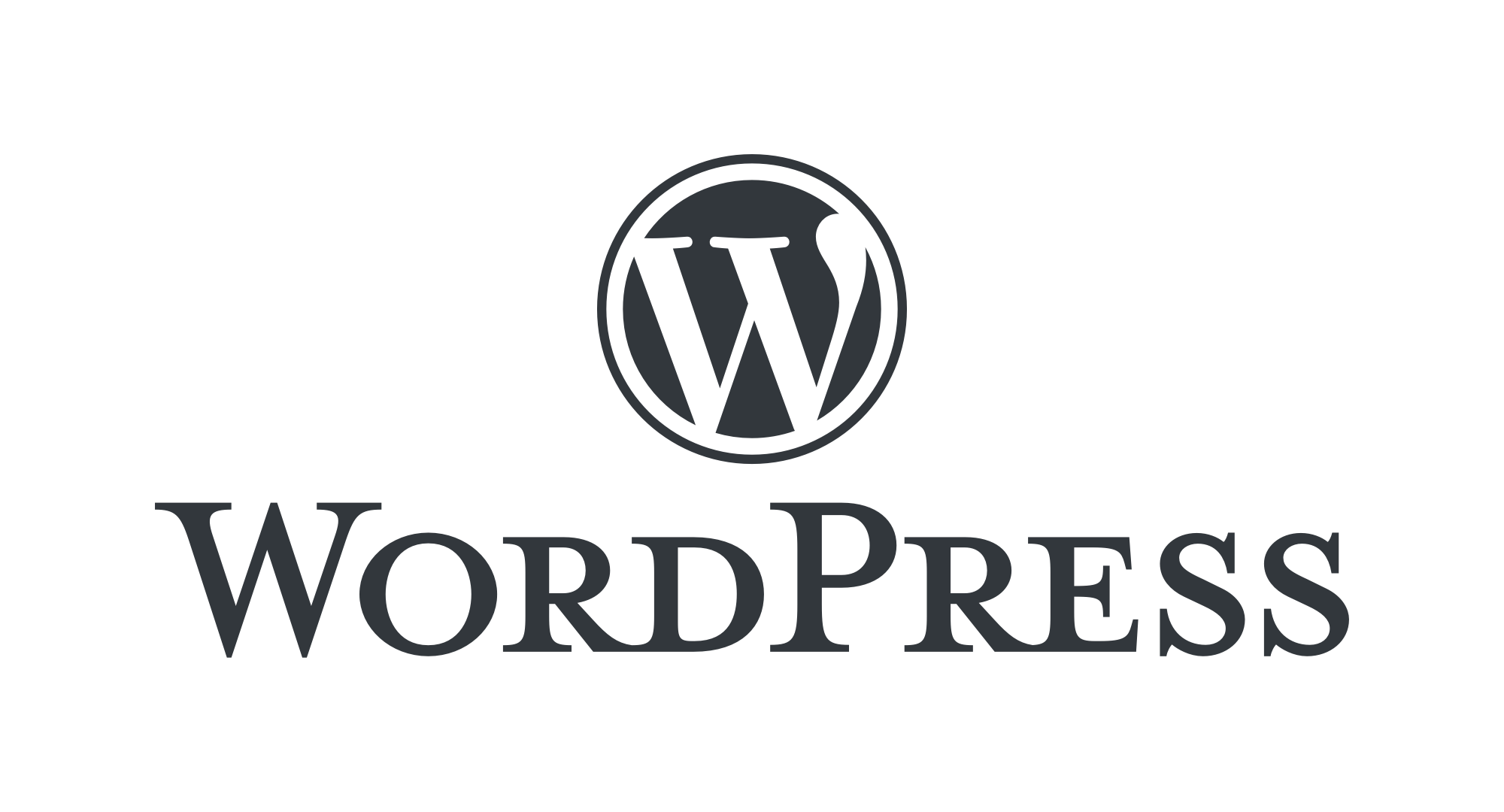
If you are not using a free (meaning you own your ePortfolio/website and its contents, and it can not be claimed or turned off because someone else decides to) and open-source website builder, like WordPress.org, then you unfortunately may not own the contents of your ePortfolio. The reality is that site moderators, administrators or a tech staff member has ultimate control of what you publish and have stored on an organization’s drive or servers.
So, who really owns your ePortfolio? As you can see, the answer is not always clear-cut because there are various factors that must be considered before making a determination.
But no matter who owns your ePortfolio (and hopefully it’s truly you), make sure it’s something you’re proud of!
What are your thoughts on ePortfolio ownership? Share them in the comment section below!
